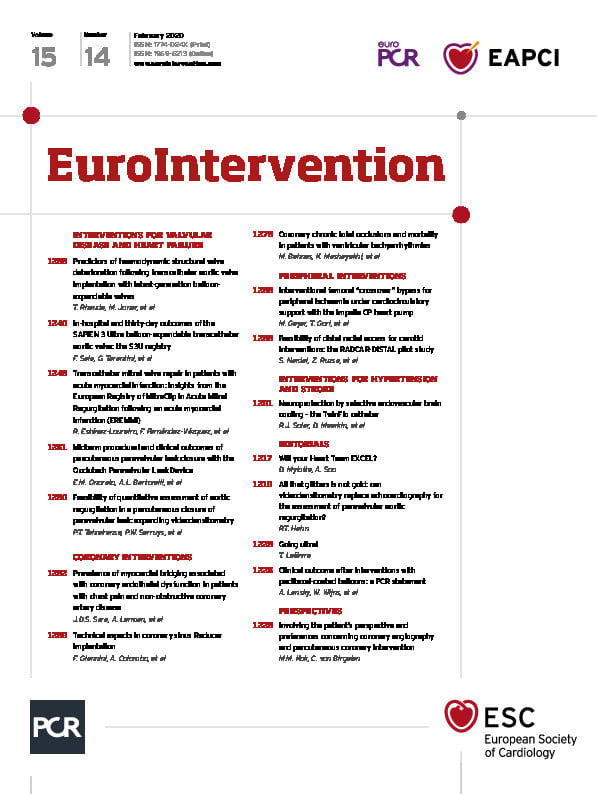
The authors are grateful for the interest in our article “Very long-term outcome of coronary covered stents: a report from the SCAAR registry”1 shown by Jurado-Roman et al2.
We agree with the comments that all covered stents (CS) are not the same. For that reason every covered stent has been reported separately. Despite the limitations because of the observational design of our study, the Figures and Tables suggest that there are differences between the different CS. It is equally notable that all CS have higher rates of adverse events except for the equine pericardial CS that had no cases of stent thrombosis throughout the study period. A reason to extrapolate the overall CS results is to give an idea of how well a particular CS is performing compared to an average.
Obviously, the indication to use a CS is different from that for other stents. The concern that we tried to address is whether their high rate of adverse events continues over time or not, comparing the results with the known, commonly used modern stents.
Remember that most hospitals worldwide will only have one CS on their shelves and that type of CS may well be an older generation of CS.
As explained in the editorial3 accompanying our paper, newer CS have improved deliverability and can be used in more complex and distal lesions which may have a negative impact on outcome. New devices and technologies should be introduced with some degree of caution. This was clearly demonstrated in the now (2012) withdrawn “Over and Under” (Amnis Therapeutics, Or Akiva, Israel), which was used in exactly similar conditions to the other CS but resulted in significantly poorer outcomes except for stent thrombosis. It emphasises the obligation for all large registries to publish real-world results of different devices rapidly as there may not be a class effect.
Conflict of interest statement
The authors have no conflicts of interest to declare.
Supplementary data
To read the full content of this article, please download the PDF.

